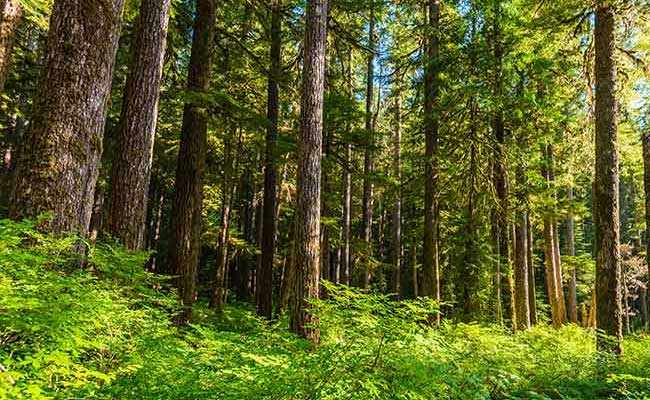India, with its vast geographical diversity, is home to some of the richest ecosystems in the world. Among its natural treasures, Reserve Forests in India play a crucial role in maintaining ecological balance, conserving wildlife, and preserving biodiversity. These forests are legally protected by the government, ensuring that human activity is either strictly regulated or completely prohibited. They are vital not only for wildlife protection but also for sustaining local communities and combating climate change.
What are Reserve Forests?
Reserve Forests are areas that are given special legal status under the Indian Forest Act, 1927 or state-specific laws. These regions are designated primarily for the conservation of wildlife, vegetation, and natural resources. Unlike protected or village forests, Reserve Forests in India enjoy the highest level of protection, with minimal human interference allowed. Activities such as hunting, grazing, or timber cutting are generally restricted unless permitted by the government.
Importance of Reserve Forests in India

- Wildlife Conservation
Reserve Forests act as safe habitats for endangered and rare species of flora and fauna. Tigers, elephants, leopards, and several migratory birds find shelter in these forests. - Climate Regulation
Forests play a significant role in carbon sequestration, helping to reduce the effects of global warming and maintaining ecological balance. - Water Conservation
They act as natural watersheds, protecting rivers, lakes, and underground water reserves. - Livelihood Support
Local tribal communities depend on these forests for medicinal plants, fruits, and other non-timber resources, albeit under controlled conditions.
Major Reserve Forests in India
1. Sundarbans Reserve Forest (West Bengal)
Famous for the majestic Royal Bengal Tiger, the Sundarbans is a UNESCO World Heritage Site and the largest mangrove forest in the world. It also provides protection against cyclones and tidal waves.
2. Gir Forest Reserve (Gujarat)
Home to the Asiatic Lion, Gir Reserve Forest is one of India’s most celebrated wildlife destinations. It attracts thousands of tourists every year, highlighting the importance of eco-tourism in conservation.
3. Nilgiri Biosphere Reserve (Tamil Nadu, Kerala, Karnataka)
This reserve forest is part of the Western Ghats and shelters elephants, gaur, and over 3,000 species of flowering plants. Its lush greenery also contributes to maintaining the monsoon cycle in South India.
4. Satpura Reserve Forest (Madhya Pradesh)
Known for its unique rock formations and rich biodiversity, Satpura is home to leopards, sloth bears, and rare species of birds.
5. Kaziranga Forest Reserve (Assam)
Globally renowned for the one-horned rhinoceros, Kaziranga is an example of successful wildlife conservation through reserve forest protection.
Challenges Facing Reserve Forests
Despite their legal protection, Reserve Forests in India face multiple threats:
- Deforestation due to urbanization and illegal logging.
- Poaching of tigers, elephants, and other endangered animals.
- Encroachment by agriculture and settlements.
- Climate Change causing unpredictable rainfall and forest fires.
These challenges demand stricter enforcement of conservation laws, awareness campaigns, and community participation in forest management.
Government Initiatives for Forest Protection
The Government of India has launched several programs to strengthen reserve forest management:
- National Forest Policy (1988): Focuses on maintaining ecological stability and increasing forest cover.
- Project Tiger (1973): Dedicated to the protection of tiger habitats across India’s reserve forests.
- Joint Forest Management (JFM): Encourages community participation in conserving and managing forest resources.
- Wildlife Protection Act (1972): Provides a strong legal framework for protecting biodiversity.
Reserve Forests in India are not just green zones; they are lifelines for wildlife, ecosystems, and people alike. They shield endangered species, regulate climate, and sustain millions of livelihoods. As the threats of deforestation and climate change grow, preserving these natural treasures becomes more critical than ever. Sustainable tourism, stricter policies, and public involvement can ensure that India’s reserve forests continue to thrive for generations to come.
Mount Everest Summit – The Highest Peak of the World
Read Also: Tours And Travels Website Design
![]()





